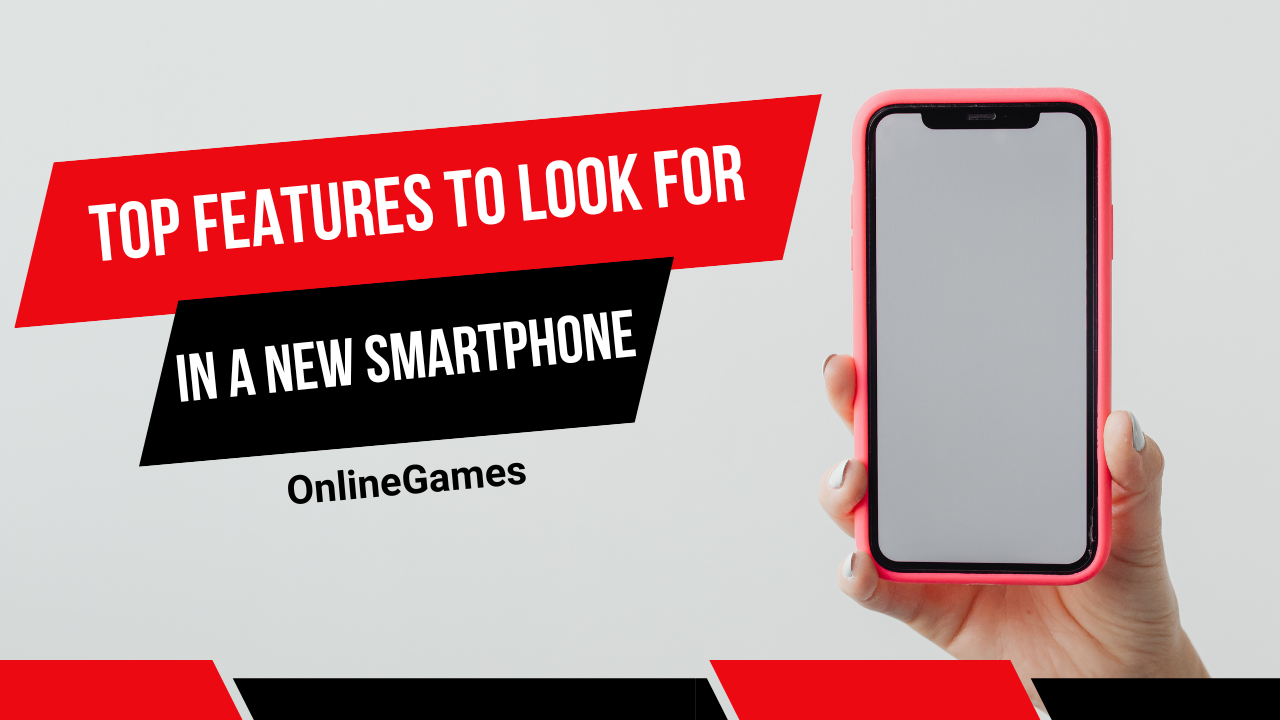Choosing a new smartphone can be an overwhelming task given the vast array of options available in today’s market. To help you make an informed decision, we’ve compiled a list of essential features that you should consider when selecting your next device. Whether you prioritize camera quality, battery life, or performance, these features play a crucial role in enhancing your overall smartphone experience.
Display Quality and Size
The display is one of the most important aspects of a smartphone, as it dictates your visual experience across various applications and media consumption. Look for these key factors:
- Resolution: Higher resolutions such as Full HD+ (1080p) or Quad HD+ (1440p) offer sharper and more detailed visuals.
- Screen Size: Consider your preference for screen size, ranging from compact displays (5.5 inches or less) to larger screens (6.5 inches and above) for enhanced multimedia viewing.
Camera Performance and Features
Rear Camera Capabilities
- Megapixel Count: Higher megapixel counts generally result in sharper images, but also consider factors like sensor size and aperture for better low-light performance.
- Camera Modes: Look for features like Night mode, Portrait mode, and Pro mode for versatile photography options.
- Video Recording: Check for capabilities such as 4K video recording at 60fps and optical image stabilization (OIS) for smooth video capture.
Front-Facing Camera
- Selfie Quality: Evaluate the front-facing camera’s megapixel count and features like portrait effects and beauty modes if selfie photography is important to you.
Performance and Processor
- Processor: Consider the chipset model and performance benchmarks (e.g., Snapdragon series for Android, A-series chips for iPhones) to ensure smooth multitasking and gaming experiences.
- RAM and Storage: Opt for sufficient RAM (4GB or higher) for seamless app performance and multitasking, along with adequate storage (64GB and above) for storing apps, photos, and videos.
Battery Life and Charging Speed
- Battery Capacity: Higher mAh (milliampere-hour) ratings generally indicate longer battery life, but efficiency also depends on software optimizations and usage habits.
- Fast Charging: Look for devices that support fast charging technologies like Qualcomm Quick Charge or Apple’s Fast Charging to minimize downtime.
Operating System and User Interface
- iOS vs. Android: Choose between iOS (exclusive to Apple devices) and Android (offered by various manufacturers) based on your preference for ecosystem, app availability, and user interface.
- User Interface: Consider the ease of navigation, customization options, and additional features offered by the manufacturer’s UI skin (e.g., Samsung One UI, MIUI by Xiaomi).
Connectivity Features
- 5G Compatibility: Ensure the smartphone supports 5G connectivity if you want to future-proof your device for faster download speeds and lower latency.
- Wi-Fi and Bluetooth: Check for the latest Wi-Fi standards (e.g., Wi-Fi 6) and Bluetooth version (e.g., Bluetooth 5.0 or higher) for improved wireless connectivity.
Design and Build Quality
- Materials: Evaluate the build materials (e.g., glass, metal, plastic) for durability and aesthetics.
- Water and Dust Resistance: Look for devices with IP ratings (e.g., IP68) for protection against water and dust ingress, enhancing durability in challenging environments.
Additional Features
- Biometric Security: Consider options such as fingerprint sensors (under-display or rear-mounted) and facial recognition for convenient and secure device unlocking.
- Audio Quality: Assess speaker quality, headphone jack availability (if applicable), and support for high-resolution audio formats for an immersive audio experience.
Choosing the right smartphone involves evaluating these essential features to align with your specific needs and preferences. Whether you prioritize photography, performance, battery longevity, or connectivity, understanding these features will empower you to make a well-informed decision that enhances your mobile experience.










